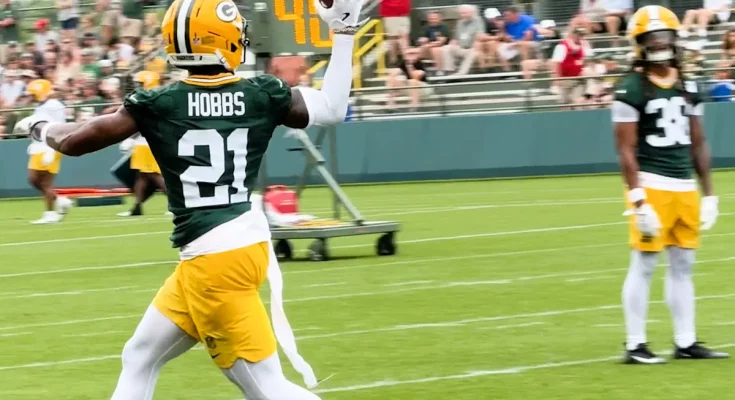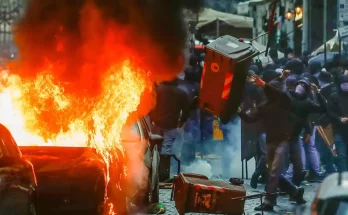**The Importance of Player Health and Team Depth in the NFL: A Case Study of Nate Hobbs**
The NFL is a league where the margin between victory and defeat is often razor-thin, and the health of key players can make or break a season. The recent situation involving Las Vegas Raiders cornerback Nate Hobbs underscores the delicate balance teams must maintain between player availability and long-term recovery. Hobbs, a starting cornerback, was sidelined for practices on Thursday and Saturday after undergoing surgery approximately one month before the Green Bay Packers’ game. This development raises important questions about injury management, team depth, and the broader implications for competitive success in the league.
Injuries are an inevitable part of professional football, but how teams handle them can determine their trajectory over a grueling 17-game season. Hobbs, a crucial piece of the Raiders’ secondary, has been a reliable presence in coverage and run support since entering the league. His absence, even for a short period, forces the coaching staff to adjust their defensive schemes and rely on backups who may not have the same level of experience or skill. The fact that he underwent surgery just weeks before a critical matchup suggests the Raiders’ medical and coaching staff believed the procedure was necessary to address an issue that could have worsened with continued play.
The timing of Hobbs’ surgery is particularly noteworthy. Performing a procedure a month before a game indicates that the injury was significant enough to require intervention but not so severe that it would end his season. This middle ground is where NFL teams often face tough decisions. Do they rush a player back to maintain short-term competitiveness, or do they prioritize his long-term health at the risk of losing games in the interim? The Raiders’ decision to proceed with surgery suggests they took the latter approach, emphasizing Hobbs’ future availability over immediate gains.
Player health has become an increasingly prominent topic in the NFL, with advancements in sports science and a greater understanding of long-term consequences like chronic traumatic encephalopathy (CTE) influencing how teams manage injuries. In the past, players were often encouraged to play through pain, sometimes exacerbating injuries that could have been mitigated with proper rest and rehabilitation. Today, franchises are more cautious, recognizing that a single player’s career longevity is more valuable than a few extra snaps in a regular-season game.
Hobbs’ situation also highlights the importance of depth in an NFL roster. The best teams are not just those with star players but those with capable backups who can step in without a significant drop-off in performance. The Raiders, like all teams, must prepare for scenarios where key contributors are unavailable. This means developing young talent, making strategic free-agent signings, and ensuring that second-string players receive enough reps in practice to be ready when called upon. If Hobbs misses extended time, the Raiders will need their depth at cornerback to hold up against opposing passing attacks, which is no small task in a league where quarterbacks and receivers grow more dominant each year.
Beyond the X’s and O’s, injuries like Hobbs’ also affect team chemistry and morale. Football is a sport built on trust—trust that each player will execute his assignment, trust that teammates will play through adversity, and trust that the medical staff has everyone’s best interests at heart. When a starter goes down, it can disrupt the rhythm of the entire unit, especially if replacements struggle to fill the void. Conversely, if backups perform well, it can galvanize the team, proving that the roster is built to withstand challenges.
The Raiders’ handling of Hobbs’ injury will be a test of their organizational resilience. If he returns quickly and plays at his usual level, the surgery will be seen as a minor setback. If complications arise or his performance dips, questions may arise about whether the procedure was the right call. Such is the nature of professional sports, where every decision is scrutinized in hindsight.
Ultimately, the NFL is a league of adaptation. Teams must constantly adjust to injuries, suspensions, and unexpected developments. The Raiders are no exception, and how they navigate Hobbs’ absence—however brief—could have implications for their playoff aspirations. One thing is certain: in a sport as physically demanding as football, player health will always be the most critical factor in sustained success. The hope for Las Vegas is that Hobbs’ surgery leads to a full recovery, allowing him to return to the field stronger and ready to contribute to a potential postseason run. Until then, the Raiders will have to rely on their depth, coaching, and a little bit of luck to keep their season on track.



